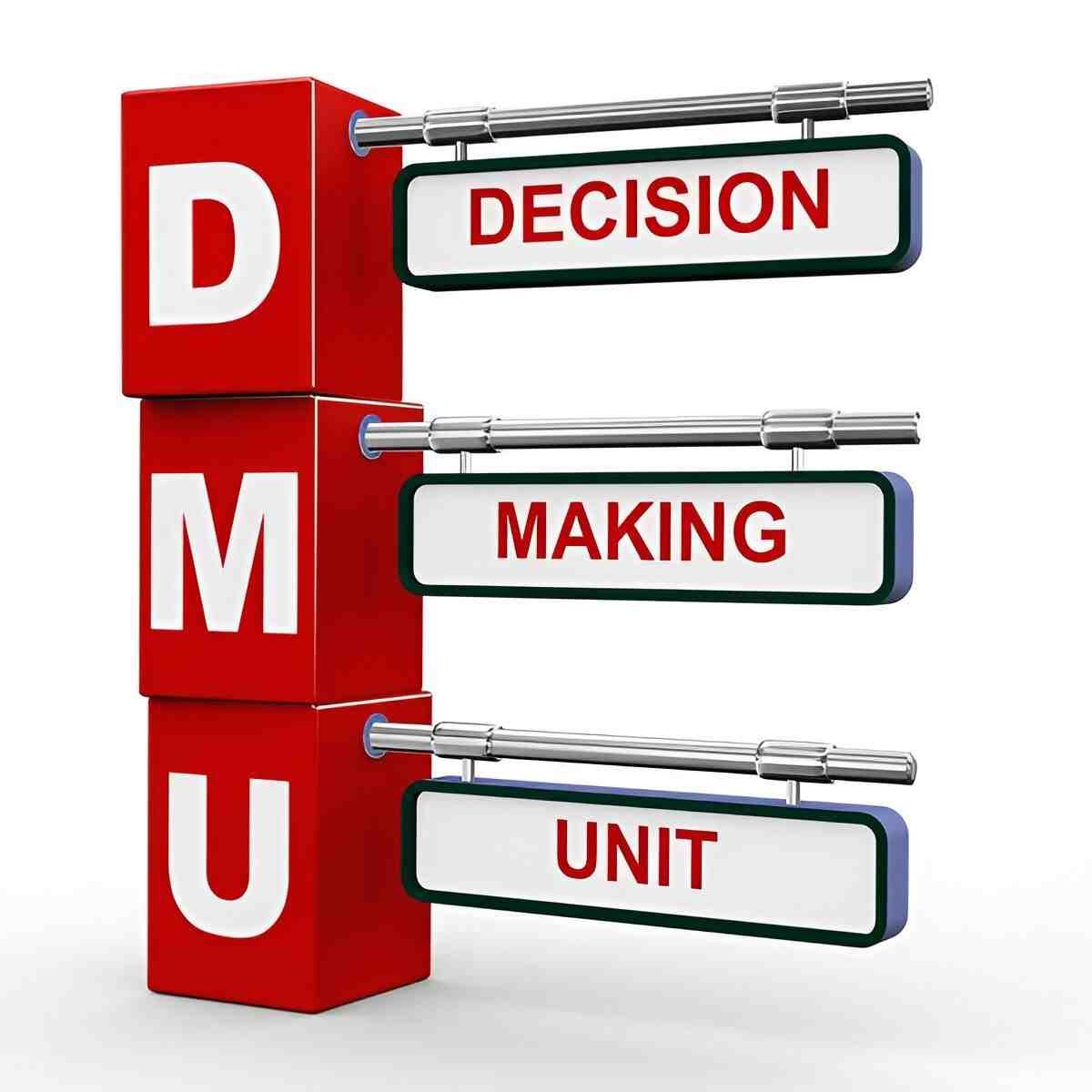In business and organizational settings, a Decision-Making Unit (DMU) refers to a group of individuals or stakeholders involved in the process of making decisions related to purchasing goods or services. This concept is crucial in understanding how decisions are made within organizations, considering the dynamics of multiple influencers and decision criteria.
Table of Contents
Key Components of Decision-Making Units
- Stakeholders: Individuals or groups with a vested interest in the decision outcome.
- Roles and Responsibilities: Defines who within the unit has authority, influence, or expertise in specific aspects of the decision.
- Decision Criteria: Factors considered when evaluating alternatives and making final choices.
- Decision Process: The sequence of steps followed from problem identification to final decision implementation.
Roles Within a Decision-Making Unit
Understanding Responsibilities
1. Initiators
- Role: Individuals who recognize the need for a decision and propose it within the organization.
- Example: A department head identifying the need to upgrade software to improve operational efficiency.
2. Gatekeepers
- Role: Control the flow of information and access to decision-makers within the unit.
- Example: Administrative assistants filtering incoming requests for the CEO’s attention.
3. Influencers
- Role: Individuals who shape the decision by providing expertise or advocating for particular alternatives.
- Example: Technical specialists recommending specific IT solutions based on their expertise.
4. Deciders
- Role: Individuals or groups with the authority to make the final decision.
- Example: Executive team members deciding on a major investment proposal after reviewing all recommendations.
5. Buyers
- Role: Responsible for executing the decision and negotiating terms with external suppliers.
- Example: Procurement managers negotiating contracts with vendors for new equipment purchases.
6. Users
- Role: Those who will implement or use the chosen solution or service.
- Example: Operational staff members who will utilize new software tools once they are implemented.
Importance of Understanding Decision-Making Units
Significance in Business Operations
- Complex Decision Processes: Recognizing the diversity of roles helps in understanding how decisions are formulated and executed.
- Influence Mapping: Identifying key influencers ensures that all relevant perspectives are considered in decision-making.
- Efficiency in Decision-Making: Streamlining communication and coordination among decision unit members enhances the efficiency of the decision-making process.
Examples of Decision-Making Units in Practice
Real-World Applications
1. Corporate Purchasing Decision
- Scenario: A company is considering upgrading its manufacturing equipment.
- DMU Composition: Includes engineers (influencers), finance managers (deciders), and procurement officers (buyers).
- Process: Engineers propose technical specifications, finance managers assess financial implications, and procurement officers negotiate with suppliers.
2. Marketing Strategy Development
- Scenario: A marketing team is deciding on a new advertising campaign.
- DMU Composition: Marketing managers (deciders), market researchers (influencers), and creative designers (users).
- Process: Market researchers provide consumer insights, creative designers propose campaign concepts, and marketing managers make the final decision.
Challenges in Decision-Making Units
Considerations to Address
- Conflict of Interest: Balancing diverse viewpoints and interests within the unit can lead to conflicts.
- Information Asymmetry: Unequal access to information among stakeholders may affect decision quality.
- Decision Consensus: Achieving consensus among stakeholders with different priorities and preferences can be challenging.
- Decision Accountability: Ensuring clear accountability for decisions made within the unit to avoid ambiguity.
Conclusion
Understanding Decision-Making Units is essential for navigating complex decision processes within organizations. By recognizing the roles, responsibilities, and dynamics of stakeholders involved, businesses can streamline decision-making, enhance efficiency, and improve outcomes. From initiating decisions to executing them and evaluating their success, each role within the DMU contributes uniquely to the overall process. As organizations continue to evolve, the ability to effectively manage decision-making units will remain critical in achieving strategic objectives and maintaining competitive advantage in dynamic business environments.





